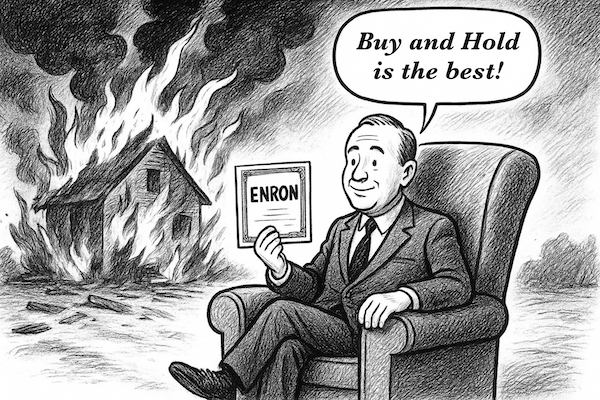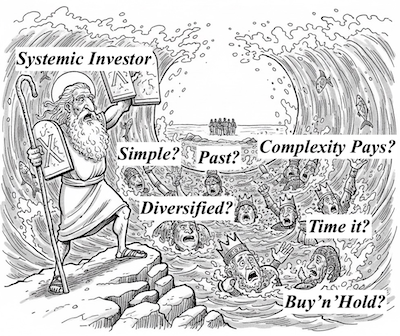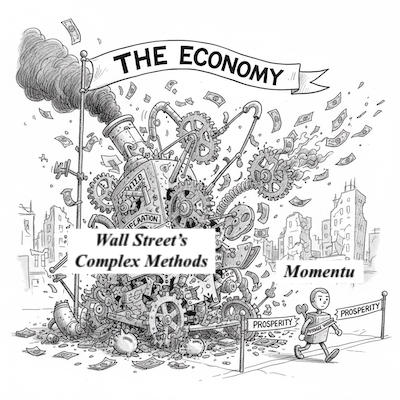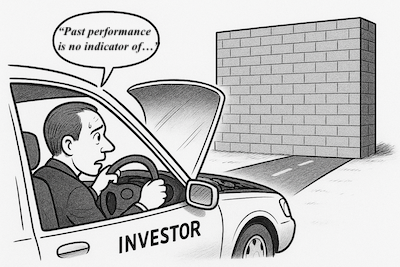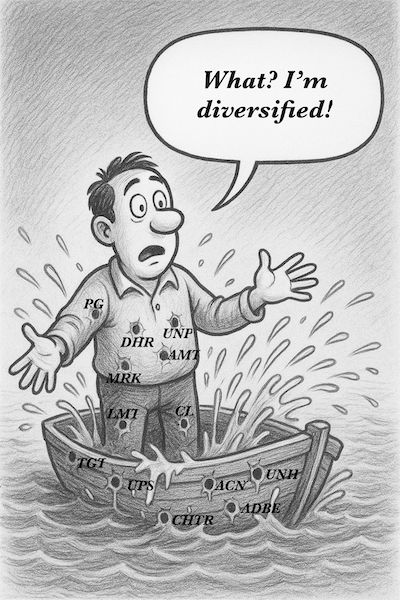Part of a Multipart series on Busting Investing Myths
“Buy quality stocks and hold them forever.” This mantra has dominated investment advice for decades. It sounds wise, patient, and disciplined. It’s also incomplete.
Buy and hold worked exceptionally well for investors who bought stocks in 1982 and held through 2000. But what about those who bought in 2000 and held through 2009? Or those who bought Japanese stocks in 1989 and are still waiting to break even?
The Selective Evidence Problem
Buy and hold advocates cherry-pick favorable time periods to prove their point. They cite Warren Buffett’s long-term holdings while ignoring the countless investors who held Enron, WorldCom, or Lehman Brothers “for the long term.”
Even quality companies can become poor investments when purchased at excessive valuations. Cisco, a fundamentally sound company, peaked at $80 per share in 2000. Twenty-four years later, it trades around $50. Buy and hold investors are still underwater.
What Buy and Hold Actually Delivers
Buy and hold delivers market returns minus fees. For most investors, this means capturing 100% of market downturns while only participating in a portion of market gains due to poor timing and emotional selling during crashes.
The strategy also ignores opportunity cost. Capital tied up in declining stocks can’t be redeployed to rising opportunities. This passive approach accepts underperformance as inevitable.
A Better Framework
Systematic approaches that incorporate selling rules address buy and hold’s fundamental weakness: the inability to exit deteriorating positions.
The Brockmann Method uses momentum indicators to identify when stocks are losing relative strength. This allows investors to participate in rising trends while avoiding extended declines.
This isn’t market timing—it’s trend following. The distinction matters because trends persist longer than most investors expect, creating opportunities for systematic approaches to outperform passive strategies.
Buy and hold has a place in investment strategy, but treating it as the only valid approach ignores decades of evidence supporting active, systematic methods.
Tomorrow: Why “You Can’t Time the Market” is dangerously oversimplified.
Learn systematic alternatives to buy and hold. Read “The Future of Investing Is Here” by Wilfred Brockmann.
